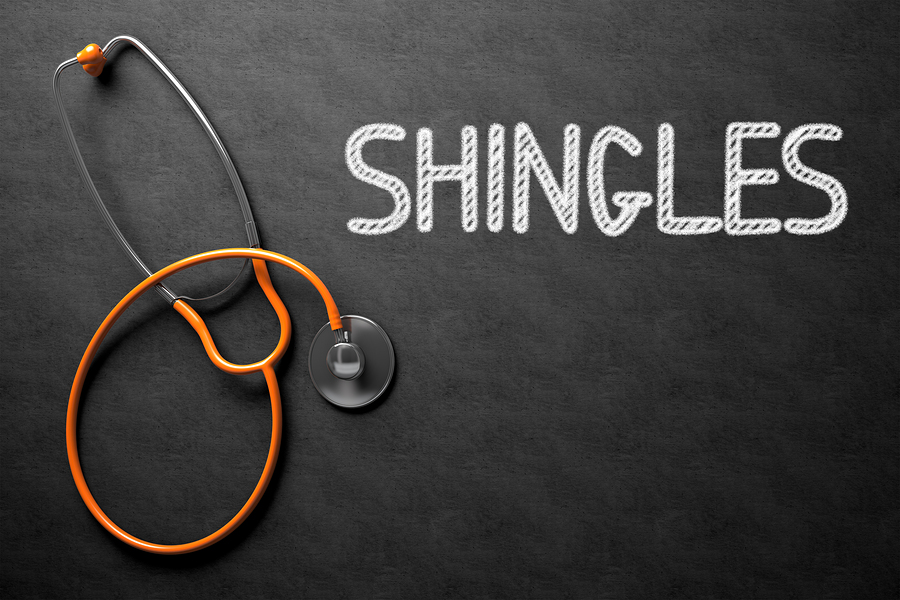Shingles 101: What Seniors Need to Know

Author: Home Helpers Home Care
Shingles affects roughly one in three people during their lifetime, with the risk increasing dramatically after age 50. For seniors, understanding this painful condition is essential for both prevention and early treatment. Elder care can help them with this, offering tips and tricks along the way.
What Causes Shingles?
Shingles, medically known as herpes zoster, stems from the same virus that causes chickenpox. After recovering from chickenpox, the varicella-zoster virus remains dormant in nerve tissue near the spinal cord and brain. As seniors age, their immune system naturally weakens, allowing the virus to reactivate and travel along nerve pathways to the skin, causing the characteristic shingles rash.
The reactivation typically occurs when the immune system is compromised by stress, illness, medications, or simply the natural aging process. This explains why adults over 60 account for more than half of all shingles cases.
Recognizing the Symptoms
Shingles often begins with burning, tingling, or shooting pain in a specific area of the body, usually on one side. This pain can be severe and may be mistaken for other conditions like heart problems or kidney stones, depending on the location. Within a few days, a red rash appears, followed by fluid-filled blisters that typically form a band or strip around one side of the torso, though shingles can occur anywhere on the body. The blisters eventually crust over and heal within two to four weeks. Other symptoms may include fever, headache, fatigue, and sensitivity to light. Elder care can help keep seniors comfortable during this time, encouraging them to rest when able, keep hydrated, and follow their doctor’s orders.
Potential Complications
The most serious concern for seniors is postherpetic neuralgia (PHN), a condition where nerve pain persists long after the rash disappears. PHN affects up to 20% of shingles patients, with seniors facing the highest risk. This chronic pain can be debilitating and may last months or even years. Other complications can include bacterial skin infections, eye problems if shingles affects the face, and, in rare cases, hearing problems or temporary facial paralysis.
Prevention Through Vaccination
The most effective protection against shingles is vaccination. The CDC recommends the Shingrix vaccine for adults 50 and older, regardless of whether they've had chickenpox or previous shingles episodes. Shingrix is more than 90% effective at preventing shingles and significantly reduces the risk of postherpetic neuralgia.
The vaccine is given in two doses, spaced two to six months apart. Common side effects are mild and may include soreness at the injection site, muscle pain, or fatigue.
Treatment Options
If shingles develops, antiviral medications like acyclovir, valacyclovir, or famciclovir can reduce the severity and duration of symptoms when started within 72 hours of rash onset. Pain management may include over-the-counter pain relievers, prescription medications, or topical treatments.
When to Seek Medical Care
Seniors should contact their healthcare provider immediately if they suspect shingles, especially if the rash appears near their eyes or if they have a weakened immune system. Early treatment can prevent complications and reduce long-term pain.
Elder care professionals help seniors explore preventive options and encourage them to seek prompt treatment as soon as shingles symptoms appear. This quick response reduces the risk of serious complications and protects their quality of life.
Sources:
https://www.ncoa.org/article/is-shingles-contagious-what-older-adults-need-to-know
https://www.healthline.com/health/senior-health/shingles-elderly
https://www.medicalnewstoday.com/articles/shingles-in-elderly
If you or an aging loved one are considering elder care in Saratoga, CA, please contact the caring staff at Home Helpers today (408) 317-4969.
